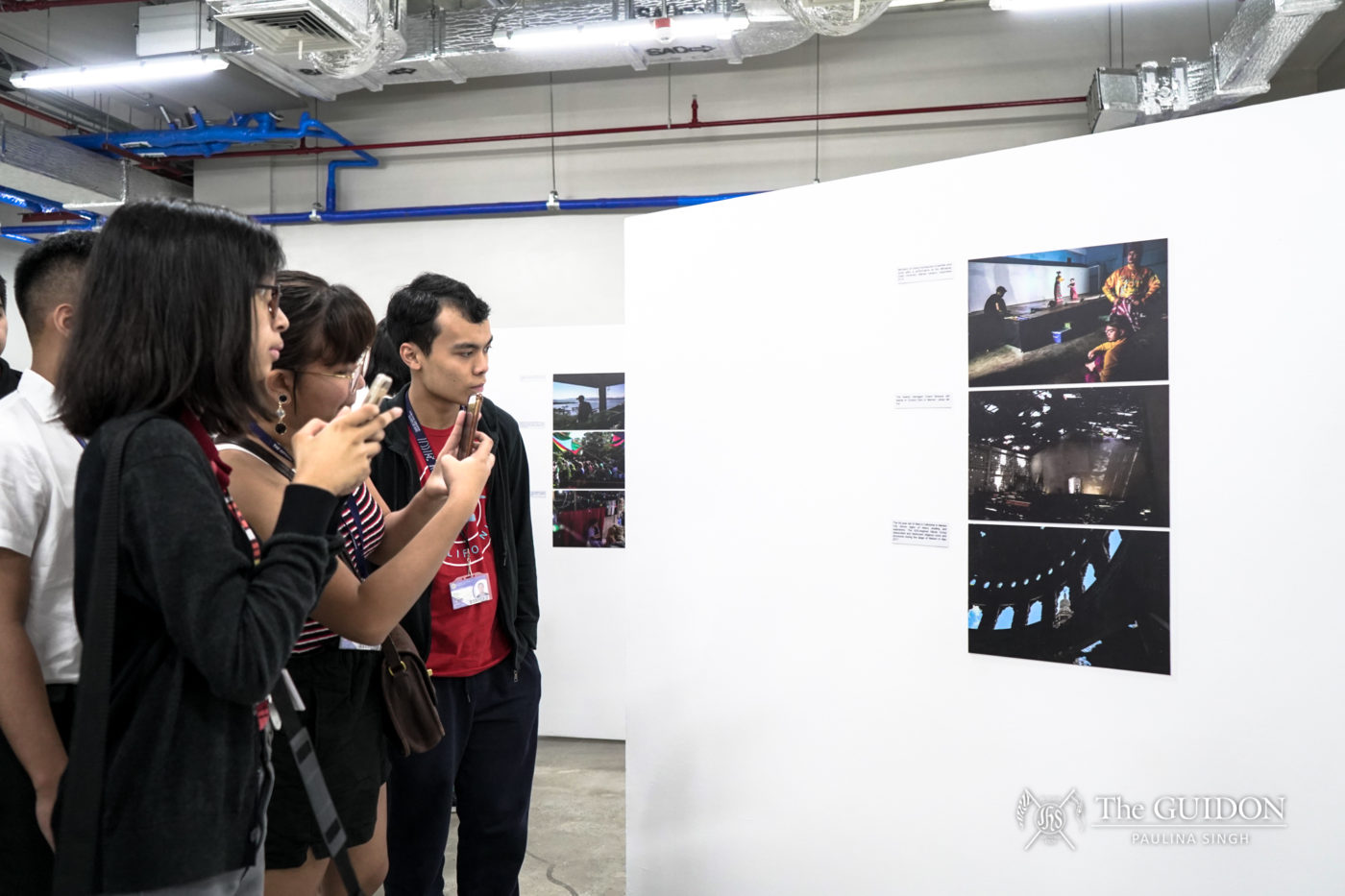
VEEJAY VILLAFRANCA, a lecturer of visual journalism in the Asian Center for Journalism, discussed documentary photojournalism as a means of visual storytelling in a Talakayang Alay ng Bayan talk held on October 8 at the Loft at the 4th floor of the Areté. In his lecture entitled “Framing Hard Truths—Connecting Narratives in a Hyper Visual World,” Villafranca explored the idea of visual literacy and how images strengthen memory.
Planning the story
Citing his experiences of documenting the aftermath of the Marawi siege, Villafranca elaborated that there is a “production process” involved in visual storytelling. This process begins foremost by asking the question “What is the story?” Villafranca said that the process of photojournalism continues with the formation of the content in the field driven by the vision of the story. This is followed by the presentation of the visual story, and finally, the publication of the photos.
According to Villafranca, long term projects entail having a number of set questions. He said that the journalist needs to address questions about the ideas they communicate and how the medium will be able to express those ideas.
“Are your images beyond photographs? What do your images call for?” Villafranca asked the audience.
Villafranca also delved into the various visual approaches and formats that one could opt to use for photography. He said that one could take either spontaneous, planned, or confrontational approaches in photojournalism; when layouting their work, they could choose to do it in the form of a photo essay, multimedia, or an interactive.
Power in the ability to share
Given that we live in a digital era, Villafranca explained that there are a multitude of ways to showcase the visual stories we intend to share. These include mediums such as Instagram, newspapers, or websites.

He explained that as regular people who have the capacity to take quality images with our phones, we also have the responsibility to share images. Villafranca called photographs a “trigger to change,” emphasizing that one should always ask the question “So what?” before pursuing a project.
“When you answer the question, ‘Are your photos beyond photos? What do your photos call for?’ and then you can ask yourself: ‘How do I start?’” he advised.
He invited the audience to share images aside from pictures of their own faces because having the power to make and share images goes beyond documentation—having the power to make and share images also means possessing the power to tell stories.







